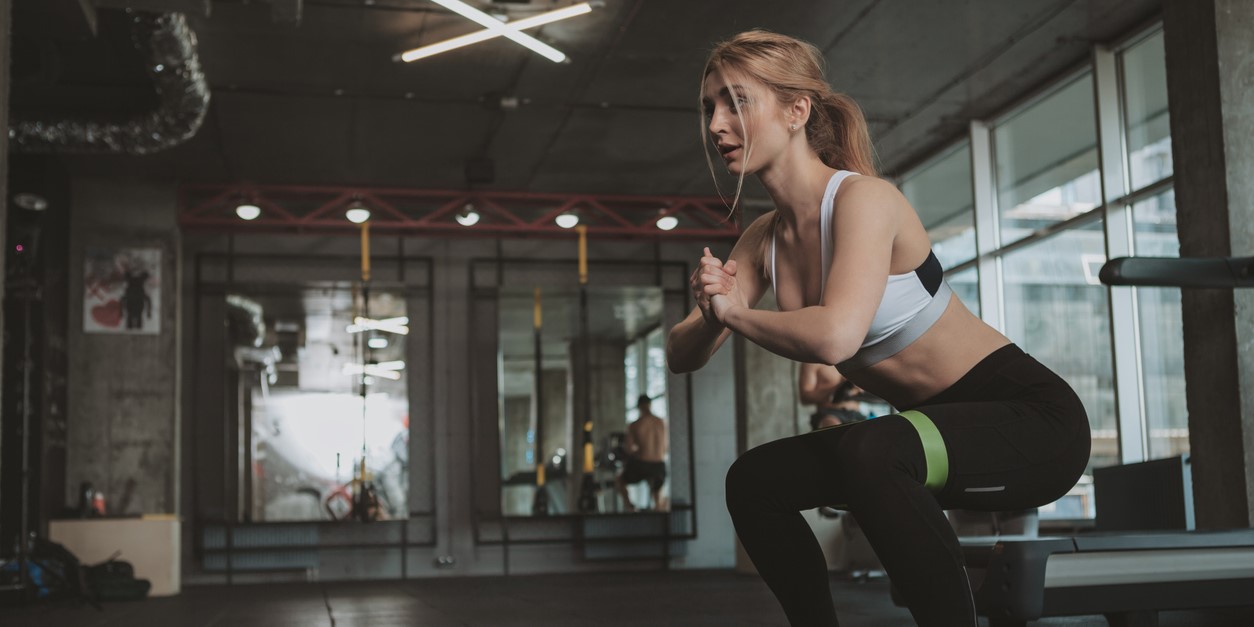Along with neck and shoulder stiffness and pain, many health complications are common in sedentary jobs. A new study shows 10 squats can help keep sugar levels under control.
Published Sep 06, 2024 | 7:00 AM ⚊ Updated Sep 06, 2024 | 7:00 AM

Apart from the plank, squats are also found to be good for reducing BP. (iStock)
With many jobs requiring long hours in front of a computer, an average office employee spends around eight hours a day seated. At the same time, the health risks associated with extended periods of sitting are well-documented.
These include a higher likelihood of obesity, diabetes, and cardiovascular diseases. However, there’s good news; recent research suggests that brief, intermittent exercises — like doing 10 squats every 45 minutes — can significantly reduce these health risks, offering more benefits than a single, extended 30-minute walk.
Posting about this study Dr Sudhir Kumar, Consultant Neurologist from Apollo Hospitals in Hyderabad said, “Interrupting prolonged sitting with squats (every 45 minutes) is more effective than (30 minute) walking in glycemic control.
✅10 squats every 45-minutes are more beneficial for blood sugars as compared to a 30-minute walk during prolonged sitting
Prolonged sitting (during office hours or leisure time) poses multiple health hazards, including a higher risk of overweight, obesity, diabetes and… pic.twitter.com/EyoK1uzDRS
— Dr Sudhir Kumar MD DM (@hyderabaddoctor) September 2, 2024
He said modern lifestyle and work necessitates prolonged sitting, which may extend to almost 12 hours daily and even more in some cases.
Terming intermittent exercises as “exercise snacks” he says, there is enough literature to show that these can reduce the risk of adverse health hazards.
A study by researchers from Zhejiang University in China found that the effects of three different forms of “exercise snacks” were studied on glycemic control as compared to half an hour of sitting.
First was a 30-minute walk and sitting for the rest of eight hours.
The second was two to three minutes of walking every 45 minutes (making a total of 30 minutes during 8.5 hours)
And the third one was 10 squats every 45 minutes.
Interestingly, it was found that interrupting prolonged sitting with frequent interruptions with short bouts of exercises led to significant improvement in blood sugar levels compared to sitting duration.
However, squatting interruptions had a more pronounced effect on glucose metabolism than walking interruptions.
“The intensity of lower limb muscle activation during these interruptions by squatting, particularly in the quads and gluteu muscles, was associated with better glycemic results,” the study said.
The act of doing 10 squats every 45 minutes can activate large muscle groups, which helps muscles use glucose more effectively and reduce blood sugar levels.
For many, the idea of finding time to exercise during a busy workday can seem daunting. However, integrating these short, effective workouts into your routine is easier than you might think.
Speaking to South First, fitness expert and brand ambassador for the Fit India movement, Wanita Ashok, gave tips to ensure we get the “exercise snacks”.
According to experts, these intermittent exercises can help to keep blood sugar levels stable, which is crucial for preventing diabetes.
Also, regular movements even for short periods keep the metabolism active, aiding in weight management and fat loss. Meanwhile, frequent, brief exercises help improve circulation and reduce the risk of heart disease.
However, Dr Sudhir Kumar clarified that people could try any of the intermittent exercises convenient for them.
He also cautioned those with injured knees or other knee-related health issues that it is “better to take an opinion from an orthopaedic surgeon and physiotherapist before doing exercises.
“Also, for people with hypertension, wall sit (squat) and planks are better,” the doctor added.
Meanwhile, doctors claimed soleus push-ups or heel raises while sitting are also good for people with diabetes.
(Edited by Muhammed Fazil)
(South First is now on WhatsApp and Telegram)
